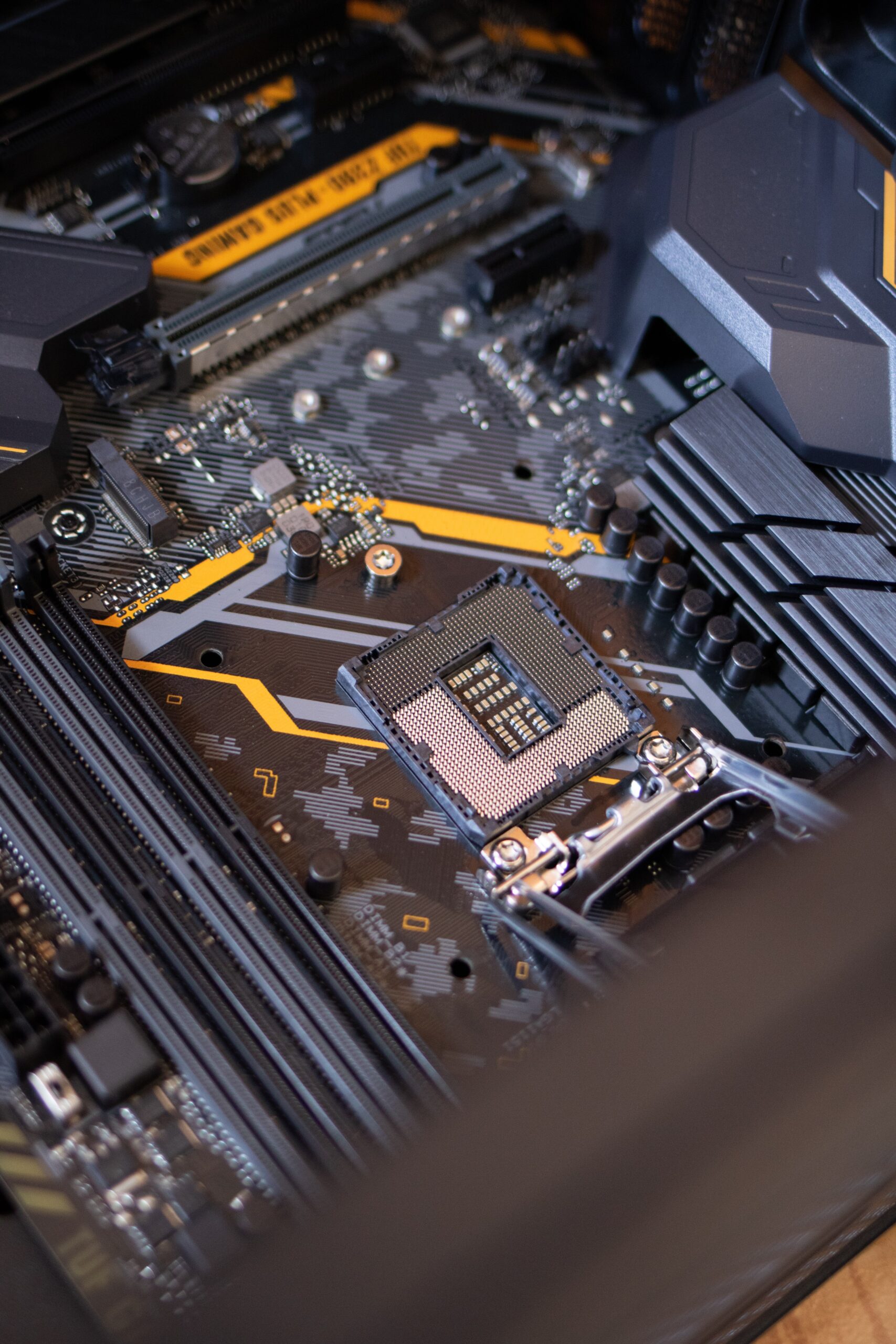Sora AI model that can create realistic from text instructions.
In the ever-evolving landscape of artificial intelligence, OpenAI has once again raised the bar with the introduction of its latest creation: Sora. This groundbreaking diffusion model has emerged in response to Google’s Lumiere, promising to transform the realm of text-to-video generation. Let’s delve into the intricacies of Sora and explore the technical marvel that is set to redefine content creation.
How Does Sora Work?
Sora, a diffusion model akin to GPT, employs a unique approach by initiating with a video resembling static noise. Through a series of steps, it meticulously refines the output, eliminating the noise and crafting high-definition video clips up to a minute in length. What sets Sora apart is its ability to maintain subject consistency, even when momentarily absent from view, by providing foresight of multiple frames concurrently.
Incorporating transformer architecture, Sora represents images and videos as patches, allowing it to train on diverse data of varying durations, resolutions, and aspect ratios. Leveraging recaptioning techniques from DALL-E3, Sora closely follows user text instructions, ensuring a harmonious blend of vision and language.
Technical Overview of OpenAI’s Sora
OpenAI has divulged key methodologies and features that define Sora’s architecture. Its focus on transforming visual data into a unified representation conducive to large-scale training of generative models distinguishes it from previous approaches. Adopting a patch-based representation of visual data, inspired by large language models, Sora efficiently handles diverse types of videos and images.
A specialized video compression network facilitates the conversion of videos into patches, preserving temporal and spatial information. Sora’s diffusion transformer architecture, proven effective in various domains, enables it to handle video generation tasks with increasing sample quality as training compute intensifies.
Capabilities of Sora
Sora’s prowess extends far beyond mere text-to-video conversion. It can generate intricate scenes with numerous characters, diverse forms of motion, and precise delineations of subject and background. Notable capabilities include animating DALL-E images, extending videos seamlessly in time, and enabling video-to-video editing.
From generating images to simulating aspects of people, animals, environments, and digital worlds, Sora showcases remarkable versatility. Its simulation capabilities encompass 3D consistency, long-range coherence, object permanence, and interactions with the world, making it a potent tool for diverse applications.
Limitations and Safety Considerations
OpenAI transparently acknowledges Sora’s limitations, such as struggling with complex spatial simulations and understanding certain instances of cause and effect. However, they’re actively addressing these concerns through rigorous red team testing and safety measures.
The safety net around Sora includes advanced detection classifiers and engagement with stakeholders, ensuring responsible and ethical use. OpenAI is committed to monitoring the model’s outputs and rejecting prompts that violate usage policies.
Noteworthy Text to Video Generation Models
In addition to Sora, we’ve seen impressive contributions from Google’s Lumiere, Stability AI’s Stable Video Diffusion, and Meta’s Make-A-Video. These models leverage unique architectures and methodologies, each bringing its own set of advancements to the dynamic field of text-to-video generation.
In Conclusion
Sora emerges as a state-of-the-art text-to-video model, promising to revolutionize content creation and simulation tasks. Its innovative architecture, capabilities, and safety considerations position it as a formidable player in the ever-expanding landscape of artificial intelligence. As we witness the convergence of vision and language in AI, Sora stands at the forefront, empowering users to bring their ideas to life in ways previously unimaginable. Stay tuned for the next chapter in the evolution of AI-driven creativity!












